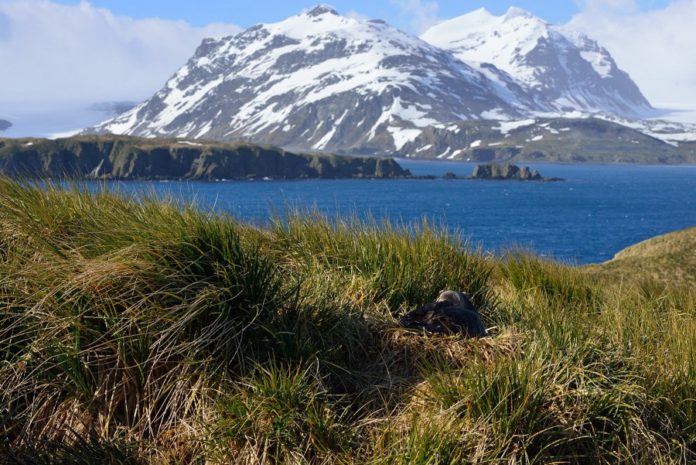By Darshini Dayanidhi
Antarctica is seen as a dry, desolate place that often drops to bone-chilling temperatures. However, recent research shows that two native vascular plant species, Antarctic Pearlwort (Colobanthus quitensis), and Antarctic Hair Grass (Deschampsia antarctica), have been thriving in this hostile environment. Experts believe that this new change in Antarctica’s landscape directly relates to climate change and rising air temperatures.
The two plant species have shown impressive growth rates in recent years, even after facing many difficult challenges, such as extreme cold, strong winds, and limited sunlight. Pearlwort have small, yellow flowers and Hair Grass have a distinctive tufted appearance. This blossom of life, although beautiful against the isolated polar terrain, intensifies the sense of urgency regarding global weather conditions. This development stands to impact even the most remote and fragile ecosystems on Earth.
Scientists urge us to think about how the choices we make now will shape the legacy we leave
behind for future generations to come. Our planet’s future is closely tied to the fragile balance of Antarctica’s environment. Understanding the magnitude of significance for these native plant species to adapt and thrive is important because they act as warning signs for more substantial environmental changes.
We, as a global community, should take the compelling signal the increased warming of Antarctica serves and try to diminish the impacts of climate change. Restricting greenhouse gas emissions is of vital importance for the universal well-being of both our planet and Antarctica’s ecosystem. A collective commitment should arise from all of us to preserve Earth’s most vulnerable ecosystems.
Becoming more cautious about leaving behind a world where biodiversity is tarnished by irrevocable ramifications is imperative. By adopting sustainable activities, supporting environmental regulations, and spreading awareness of the pressing need to preserve our world, we can have a beneficial effect on our habitat as a whole.
In summary, the dramatic changes in the Antarctic environment demonstrate the adaptability of local plant species even in the face of climate change. The unexpected flourishing of plant life challenged the consensus that Antarctica is an inhospitable place for vegetation. The remarkable resilience of Antarctic plant species compels us to take immediate action and confront climate change immediately. It is incumbent upon us to accept and fulfill our duty to maintain our planet’s sustainability and prosperity.

